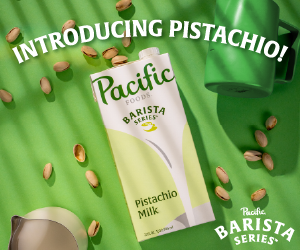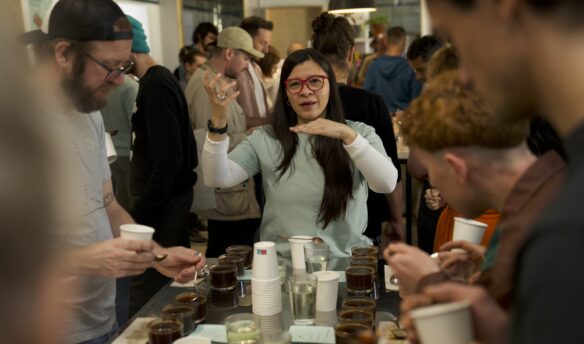[D]escribed in the simplest terms, for coffee to be roasted, everything from the coffee that isn’t a seed (or bean) must be removed. To do this, coffee is processed in one of three basic ways.
In the most commonly used method—the washed process—coffee berries are picked and collected, then sent through a pulper that removes the skin and fruit from the seeds. The seeds still have some pulp and mucilage on them, so they’re soaked in a fermentation tank for several hours, then rinsed and dried on a patio, raised bed, or mechanical dryer. This drying process can take anywhere from 24 hours (for the mechanical dryer) to several days (for the patio). After drying, the coffee is gathered for milling.
The washed process uses a lot of water, both to move the coffee from step to step, and to—well, wash the coffee. In coffee-growing regions where water is scarce, or there isn’t enough to spare for processing, a different, less water-exhaustive process is used: the natural process.
In the natural process, the coffee is picked, collected, sorted, and immediately placed on raised drying beds or patios. The skin and fruit dry out, becoming almost raisin like, and are then gathered for milling.
In between these two ends of the processing spectrum are a host of small and large variations that fall under the general terms of semi-washed, honey, or pulped natural. Within this range of processing methods, coffees are pulped, dried, and then milled. How much they’re pulped, how long they’re dried, and the order that those things happen in all factor into the variability that these terms represent.
No matter how the coffee is processed—washed, semi-washed, or natural—it needs to be milled at a dry mill to prepare the coffee for shipping to ports around the world. After processing, the coffee seeds are still inside a papery skin called parchment. This parchment is removed by hulling devices, then the coffee is sorted by size, density, and defects, and bagged in either 60-, 69-, or 70-kilogram bags.
Once the coffee has shipped around the world and arrives at a coffee roaster, it’s ready to roast, but it had to pass through the caring hands of dozens of people to get there. They are why our coffee tastes great, and we owe every hand that touches our coffee our respect and gratitude.
—Nathanael May is the director of coffee and green coffee buyer for Portland Roasting Coffee.















